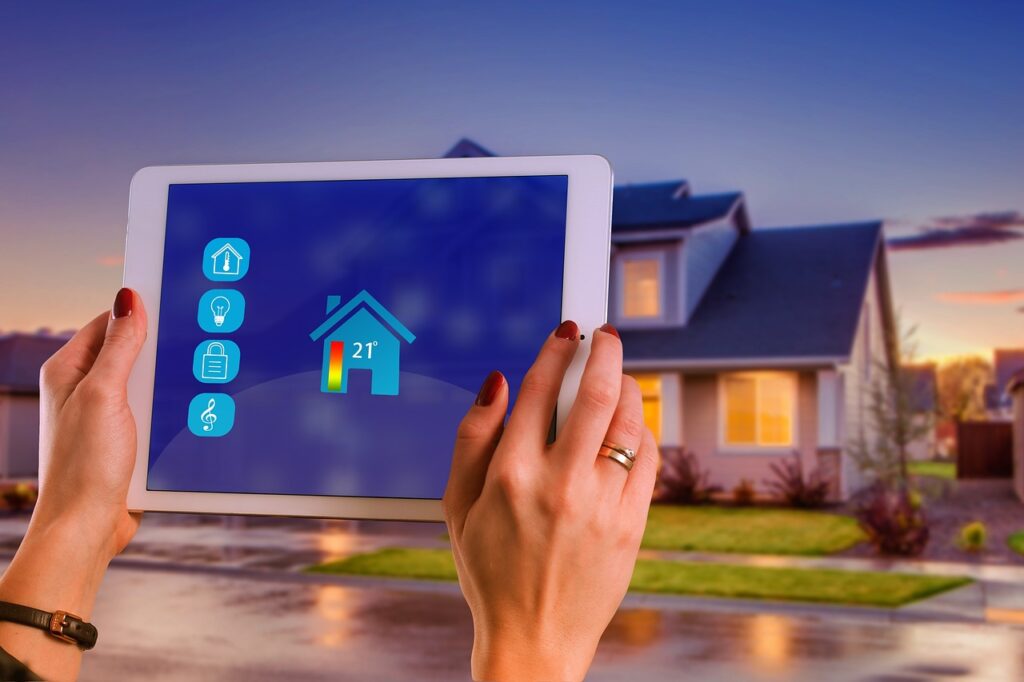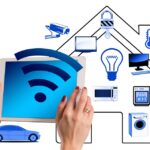Home automation has revolutionized the way we interact with our homes. What was once a futuristic concept is now an accessible reality for many. This article explores how you can transform your home with home automation, making it smarter, more efficient, and secure.
What is Home Automation?
Home automation refers to the set of technologies that allow you to automate and control various home functions remotely and centrally. From lighting to security, climate control, and appliances, home automation offers endless possibilities to optimize comfort and energy efficiency in your home.
Benefits of Home Automation
- Energy Efficiency One of the main benefits of home automation is its ability to enhance energy efficiency in your home. Intelligent lighting and climate control systems can automatically adjust according to environmental conditions, reducing energy consumption and, consequently, utility bills.
- Advanced Security Security is one of the areas where home automation has proven most effective. Surveillance cameras, smart alarms, and automated locks allow you to monitor and control access to your home in real time, from anywhere in the world.
- Comfort and Convenience Home automation is designed to make your life easier. With a smart home, you can control lights, appliances, and entertainment systems with a simple touch on your smartphone or via voice commands. Additionally, automation allows you to schedule repetitive functions, such as opening curtains at sunrise or adjusting the temperature before you arrive home.
- Integration and Centralized Control The ability to integrate multiple devices into a single system is another key advantage of home automation. Through a single control panel or mobile app, you can manage all functions of your home, simplifying the handling and customization of every aspect of your residence.
Key Home Automation Devices for Your Home
- Smart Lighting Systems Smart lighting is one of the most common entry points into home automation. These systems allow you to control your home’s lights from your smartphone, adjust brightness according to the environment, and even schedule lights to turn on or off automatically.
- Smart Thermostats Smart thermostats are essential for maintaining a comfortable temperature in your home efficiently. These devices learn your habits and adjust heating or cooling based on your preferences, saving energy in the process.
- Smart Security Systems Smart security systems include surveillance cameras, motion sensors, and electronic locks that you can control and monitor from anywhere. Some of these systems even send alerts to your smartphone if they detect unusual activity.
- Virtual Assistants Virtual assistants, such as Amazon Alexa, Google Assistant, and Apple Siri, are the brains behind many home automation systems. These devices allow you to control other smart gadgets with voice commands, adding an extra layer of convenience and control.
- Smart Appliances From refrigerators to washing machines, smart appliances connect to your Wi-Fi network and can be controlled remotely. Some even offer advanced features, such as diagnosing issues or suggesting recipes based on the ingredients available in your refrigerator.
How to Start with Home Automation
- Evaluate Your Needs Before investing in home automation devices, it’s important to evaluate your needs and determine which areas of your home would benefit most from automation. Are you looking to improve security, save energy, or simply add a touch of convenience? Identifying your goals will help you prioritize your purchases.
- Choose a Compatible Ecosystem One of the challenges of home automation is device compatibility. Ensure you choose products that work well together within the same ecosystem, whether you prefer Amazon Alexa, Google Home, or Apple HomeKit. This will ensure seamless integration and centralized control.
- Installation and Setup The installation of home automation devices can vary in complexity, from plug-and-play setups to more advanced installations that may require professional help. Be sure to follow the manufacturer’s instructions, and if needed, don’t hesitate to hire an expert to ensure everything functions correctly.
- Customization and Automation Once your devices are installed, it’s time to customize settings and create automations that fit your lifestyle. For example, you can program lights to turn on automatically when you arrive home or set the thermostat to lower the temperature while you sleep.
Future Trends in Home Automation
Home automation continues to evolve rapidly. Some of the most promising trends include artificial intelligence and machine learning, which will allow home automation systems to adapt even more to your preferences and habits. Additionally, device integration is expected to continue improving, facilitating the creation of fully connected and intelligent homes.


